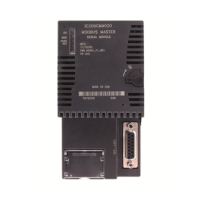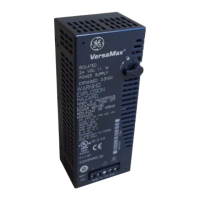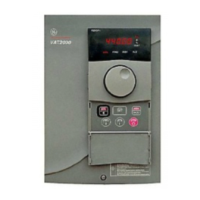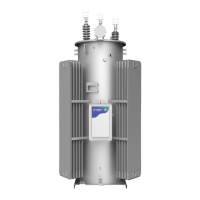Values
Meaning
Address + 21
user-provided
†
Device identifier bytes 7 and 8
†
The device identifier for SNP Slave ports is packed into words with the least
significant character in the least significant byte of the word. For example, if the
first two characters are “A” and “B,” the Address + 18 will contain the hex value
4241.
12.2.6 Example COMMREQ Data Block for
Configuring RTU Protocol
Values
Meaning
First 6 words
Reserved for COMMREQ use.
Address + 6 FFF0H Command
Address + 7 003 Protocol: 0003=RTU
Address + 8 000 Port Mode: 0000=Slave
Address + 9
2=1200, 3-2400, 4=4800, 5=9600, 6=
19200,7=38400*, 8=57600**
*CPU models IC200CPU005 and
CPUE05 only
Data Rate
Address + 10
0 = None, 1 = Odd, 2 = Even
Parity
Address + 11
0 = Hardware, 1 = None
Flow Control
Address + 12
0-255 (units of 10ms,
e.g. 10=100ms)
Turnaround delay
Address + 13 not used Timeout
Address + 14 not used
Bits per Character
Address + 15 not used
Stop Bits
Address + 16 not used Interface
Address + 17
0 = 2-wire, 1 = 4-wire
Duplex Mode
Address + 18
Station Address (1-247)
Device Identifier
Address + 19–21 not used Device Identifier
Address + 22*
0-255 (units of 10ms, e.g. 10=100ms) Receive to transmit delay
Address + 22*
0-255 (units of 10ms, e.g. 10=100ms) RTS drop delay
Note The data block length (Address + 0) for a COMMREQ that includes the Receive to
transmit delay and RTS drop delay should be 12H not 10H. Both forms (Length 10H and
12H) are supported
Note If RTU is configured for 115.2K baud. a major error code 12 (0cH) and a minor
error code 2 (02H) is returned in the COMMREQ status word. This will occur for any
unsupported baud rate.
Serial I/O / SNP / RTU Protocols GFK-1503E User Manual 231
For public disclosure

